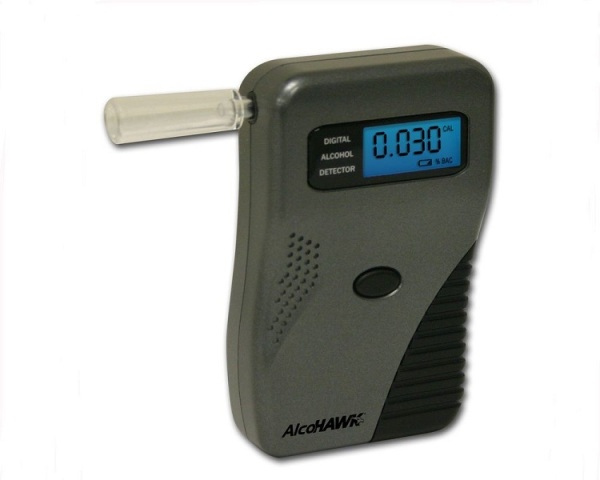A breathalyzer is highly useful for checking the alcohol level in people who indulge in drinking frequently. Explore this article to know how breathalyzers work.
How Breathalyzers Work
Breathalyzers are instruments utilized in numerous professions for determining the amount of alcohol content, by analyzing a breath sample obtained from an individual. They are commonly used in the profession of law enforcement, wherein police officers employ these devices to deal with incidences of fatal accidents, due to drunk driving. The term breathalyzer is actually the brand name of the breath-analyzing products manufactured by Smith and Wesson in the late 1950s. Eventually, the term became a common name for instruments designed to determine the amount of alcohol in the sample of a subject. Apart from breathalyzers, there are two other devices for measuring blood alcohol concentration (BAC), namely, intoxilyzers and alconsensors. Breathalyzers are of great help in preventing alcoholism, alcohol addiction and alcohol abuse. Read on further to know the working of a breathalyzer. 

Working Of A Breathalyzer
- A breathalyzer consists of a collection device, a “straw” attached to a cylinder. This cylinder contains two vials, containing a solution of sulfuric acid, potassium dichromate, silver nitrate and water.
- A person, being tested, blows into the straw for about 3 to 4 seconds. To get the most accurate reading, the person must blow strongly to get air from deep in the lungs.
- The air, so expelled, travels into the vials where the silver nitrate acts as a catalyst to initiate and speed up the analysis.
- The sulfuric acid present removes the alcohol from the air and produces acidic condition necessary for the entire process to take place.
- The alcohol, so removed, is then absorbed into the liquid solution where the potassium dichromate further breaks it down into chromium sulfate, potassium sulfate, acetic acid and water.
- This process results in color changes. The dichromate ion is reddish-orange, while the chromium ion in green. The degree of color change depends on the amount of evaporated alcohol expelled in the breath.
- Since the entire chemical reaction takes place in one vial, the other vial is in its original state, as part of the photocell system.
- The photocell system produces an electric current, resulting in the movement of the needle in the gauge.
- When the needle stops after the reaction has taken place, the breathalyzer operator rotates the knob to return back the needle in the meter to its resting place. He, then, reads the level of alcohol from the knob. The greater the knob is turned, the higher the percentage of alcohol in the sample.
- The reading gives the percentage of blood that contains alcohol. The legal limit for drinking and driving is 0.08, that is, 0.08 grams of alcohol per 100 ml of blood.
See also
- Cameras | Computers | Gaming Devices | HTC Mobiles | How To Do | Internet | Ipods & MP3 Players | LG | Laptops | Mobile Phones
More from iloveindia.com
- Home Remedies | Ayurveda | Vastu | Yoga | Feng Shui | Tattoos | Fitness | Garden | Nutrition | Parenting | Bikes | Cars | Baby Care | Indian Weddings | Festivals | Party ideas | Horoscope 2015 | Pets | Finance | Figures of Speech | Hotels in India : Delhi | Hyderabad | Chennai | Mumbai | Kolkata | Bangalore | Ahmedabad | Jaipur
- Contact Us Careers Disclaimer Privacy Policy Advertise With Us Lifestyle Sitemap Copyright iloveindia.com. All Rights Reserved.




